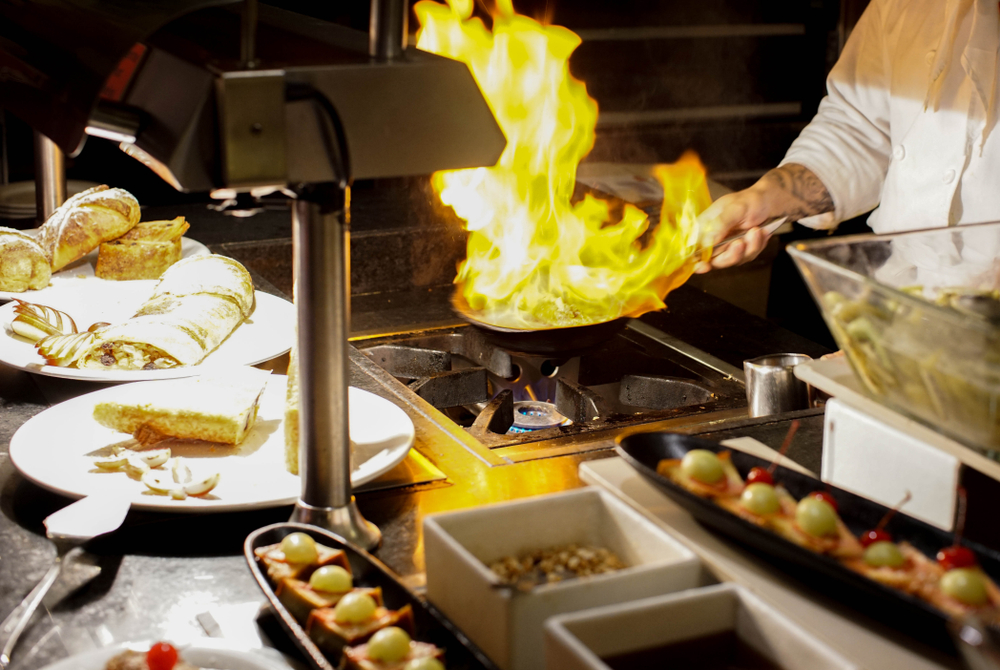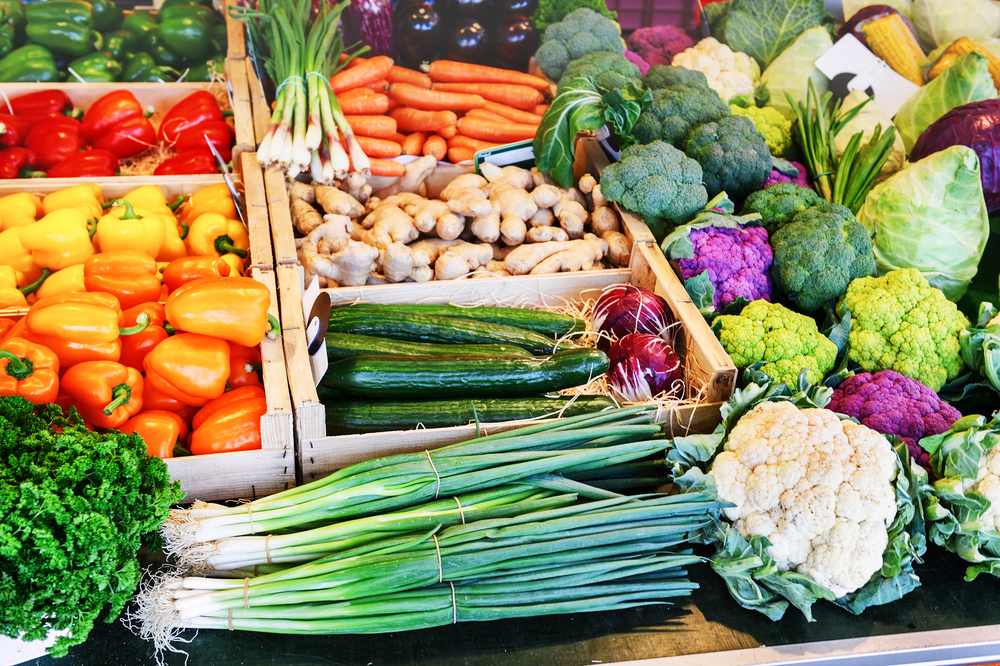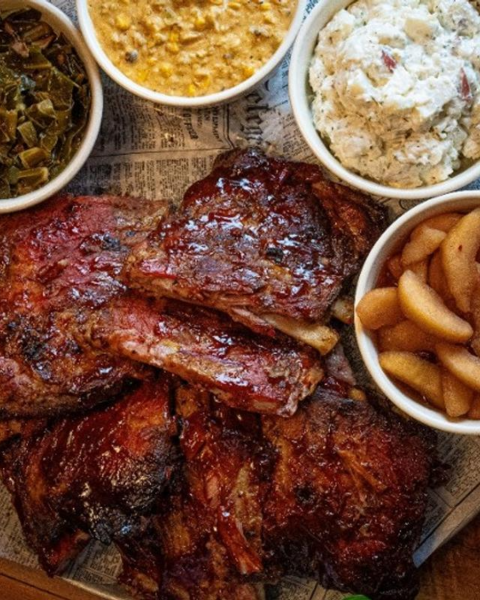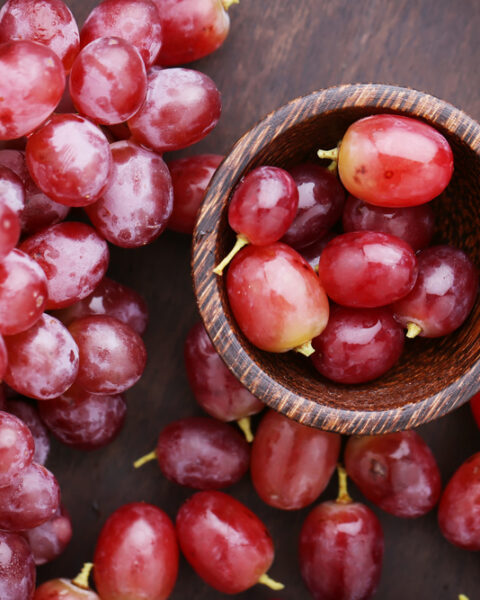As we all look towards the future, it’s clear that the way we eat and dine out is changing—and fast! Restaurants around the world are stepping up, not just to feed us, but to do it in ways that are better for our planet and our communities. They’re embracing new technologies to make our dining smoother and more interactive, while also ensuring that what we eat is healthier and more sustainably sourced. It’s not just about the taste anymore; it’s about how restaurants manage everything from their kitchen gadgets to their waste bins, all to give us a better dining experience while taking care of the planet.
Contents
- 1 Technology-Driven Food Service
- 2 Experiential Dining
- 3 Healthier Menu Options
- 4 Green and Sustainable Practices
- 5 Takeaway and Delivery Services
- 6 E-commerce Expansion
- 7 Emphasizing Local and Organic Ingredients
- 8 Reducing Food Waste
- 9 Sustainable Energy Use
- 10 Advanced Technology in Menu Creation
- 11 More From RetailShout
- 12 15 Delicious Prepared Meals to Get at Trader Joe`s
- 13 The 13 Unhealthiest Costco Bakery Foods
Technology-Driven Food Service

Technology is significantly enhancing the dining experience by streamlining operations and improving customer service. Digital menus and online ordering systems are now commonplace, facilitating a quicker and more efficient dining experience. This tech integration helps restaurants keep up with customer demands and adapt to changing dining habits.
Experiential Dining

Restaurants are increasingly focusing on creating unique dining experiences that go beyond just food. This includes everything from the ambiance to themed dining experiences and live cooking demonstrations. These unique elements help attract customers seeking more than just a meal but an experience to remember.
Healthier Menu Options

As consumer awareness about health and wellness grows, restaurants are responding by offering more nutritious and diverse menu options. This includes organic, plant-based, and gluten-free choices, which cater to the health-conscious diner. Transparency about food sources is also becoming a key factor in menu planning.
Green and Sustainable Practices

More restaurants are adopting eco-friendly practices, such as reducing waste, using sustainable materials, and conserving energy. These practices are not just good for the planet but are also increasingly demanded by consumers who prefer dining at environmentally responsible establishments.
Takeaway and Delivery Services

The growth of food delivery services has transformed the dining landscape. Restaurants are now focusing on improving their takeaway and delivery services to meet the convenience demands of their customers, facilitated by better logistics and technology.
E-commerce Expansion

The rise of e-commerce in the food service industry has allowed restaurants to reach a broader audience. This shift is supported by easy-to-use online platforms that handle everything from ordering to delivery, making it easier for restaurants to operate digitally and serve customers beyond their physical locations.
Emphasizing Local and Organic Ingredients

Restaurants are increasingly sourcing their ingredients locally and organically. This practice not only supports local farmers but also reduces the carbon footprint associated with transporting food items over long distances. It reflects a shift towards more sustainable and community-focused dining practices.
Reducing Food Waste

Efforts to minimize food waste are becoming a critical part of restaurant operations. This includes practices like better inventory management, repurposing food scraps, and educating staff and consumers about the importance of reducing waste.
Sustainable Energy Use

Restaurants are transitioning to more sustainable energy sources, including solar and wind, to power their operations. This shift helps reduce the environmental impact of their energy use and aligns with broader goals of reducing greenhouse gas emissions.
Advanced Technology in Menu Creation

The integration of advanced technology, like Artificial Intelligence, into the culinary world is not just about automation but also enhancing creativity in menu design. AI’s ability to analyze food chemistry and cooking techniques is paving the way for innovative dishes that cater to both taste and nutritional needs.
This article originally appeared on RetailShout
More From RetailShout
I Tried Dozens Of Store-Bought Barbecue Sauces—Only These 18 Are Worth Buying

So, I went on a massive taste test adventure, trying dozens of different store-bought BBQ sauces, and let me tell you, it was quite the flavorful journey. Honestly, most were just okay, but I found 18 that really stood out and thought you might want to check them out. Read More.
15 Delicious Prepared Meals to Get at Trader Joe`s

A rich and creamy Indian-inspired dish that’s packed with tender chicken in a flavorful tomato sauce. Simply microwave or heat on the stove, and pair with rice or naan. Read More.
The 13 Unhealthiest Costco Bakery Foods

Walking through the Costco bakery section can be both a delight and a challenge. The aroma of fresh-baked goods is irresistible, and the selection is vast. Read More.






